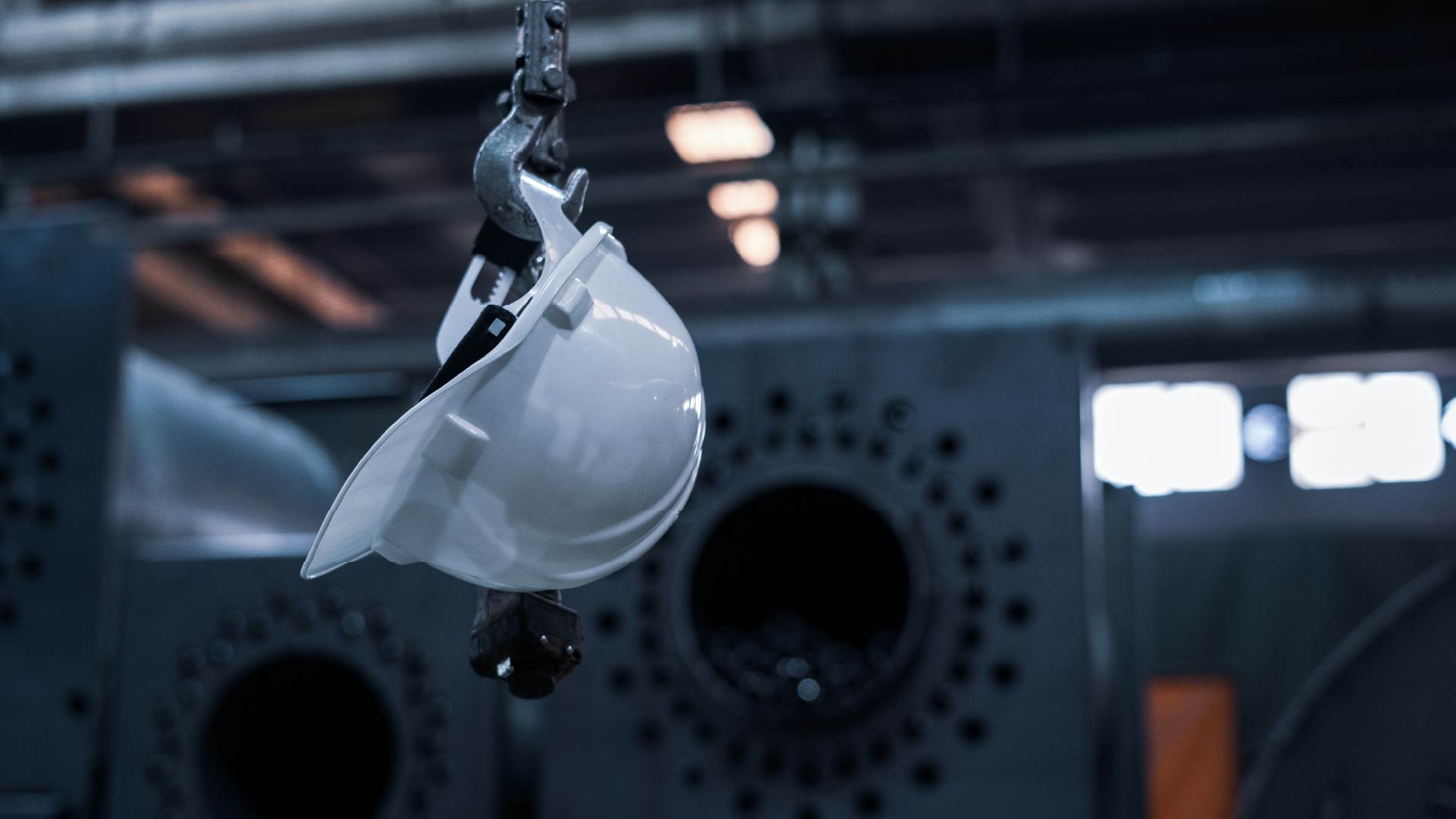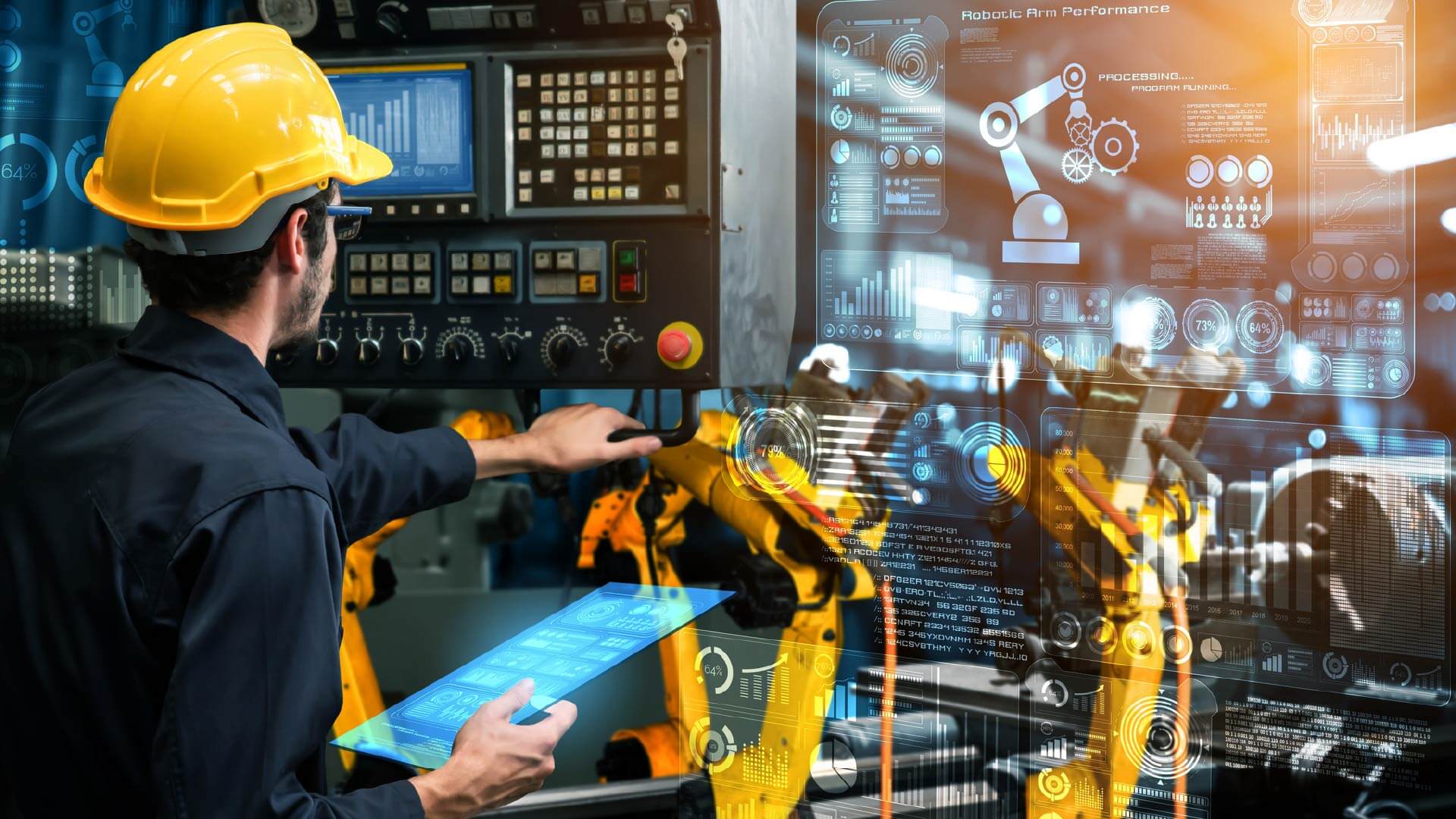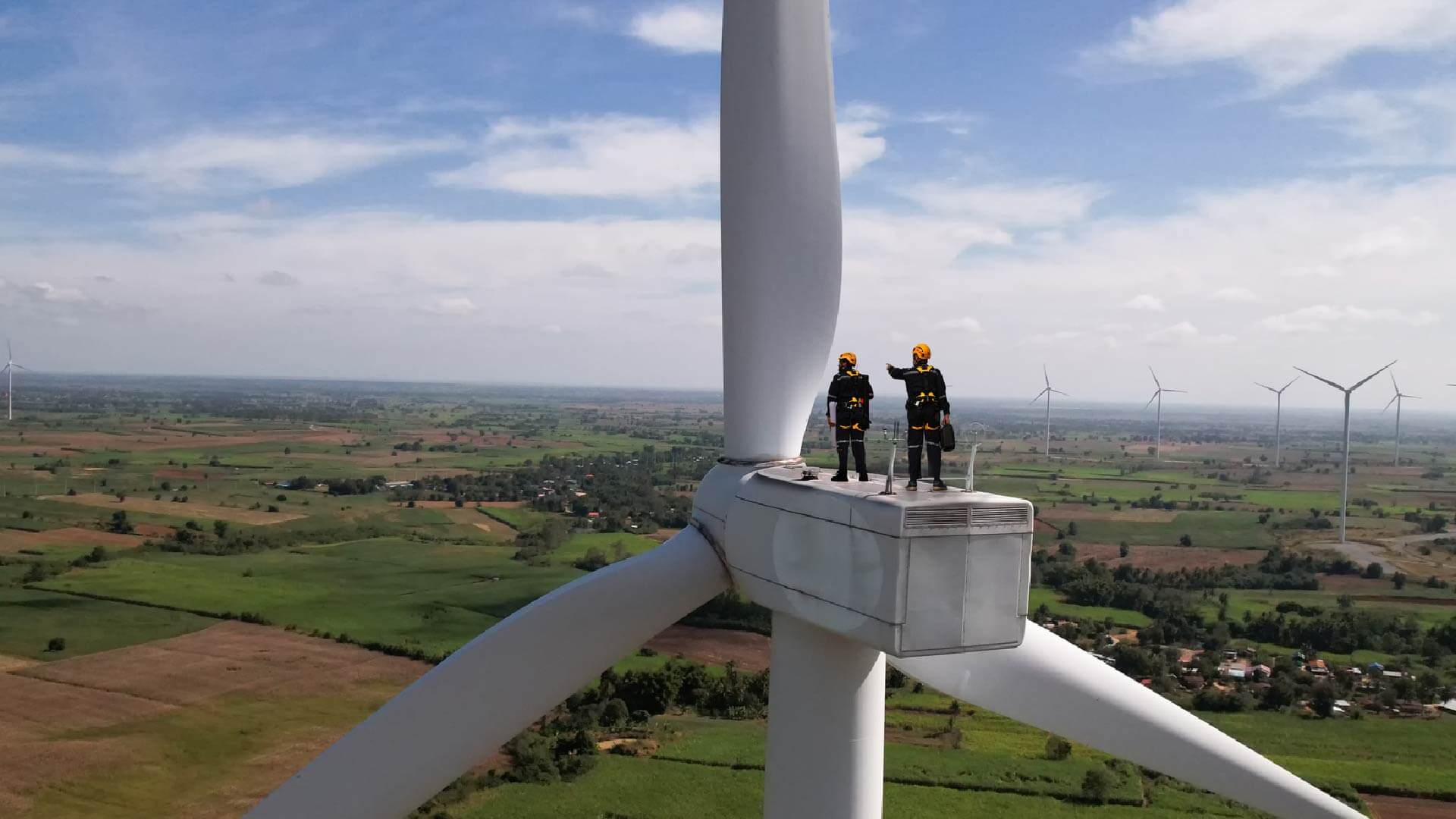SIF Intelligence: Critical Information To Keep Your Workers Safe
Preventing serious injuries and fatalities (SIFs) is the most important priority for many EHS leaders. In the recent Verdantix webinar SIF Intelligence: What Every EHS Leader Needs To Know, we explored why SIFs occur and how firms can leverage emerging technologies to prevent them.
Often, SIFs occur because firms do not share critical knowledge, have poor safety engagement and take a reactive – rather than proactive – approach to safety. EHS practitioners are contending with low-quality and siloed data, and inconsistent reporting, alongside traditional challenges such as risk assessments and contractor safety management.
Statistics show that situational risks at work are the main cause of fatalities, with falls from height, being struck by a moving object and becoming trapped accounting for 57% of UK work-related deaths in 2024/2025. While it goes without saying that everyone is at risk of a SIF, certain groups of workers face greater exposure due to the nature of their roles or working conditions. For example, lone workers lack immediate oversight, making them more likely to overlook dangers and experience critical delays in obtaining help after an incident. Similarly, contractors are a high-risk group as they are new workers, and so are unfamiliar with the hiring client’s site-specific safety standards and procedures, which could result in mistakes. Workers with additional or complex needs, such as neurodivergent employees, are also at higher risk of SIFs. Sensory sensitivities, attentional challenges and training not adapted to their needs can increase their vulnerability. Employees in construction, transportation and warehousing experience the highest levels of risk – these sectors collectively account for 45% of all SIFs in the US.
EHS practitioners can deploy a range of technologies to aid SIF prevention. Integrated EHS management platforms help practitioners see the full picture instead of working in silos, enabling faster and smarter decision-making. Digital Control of Work solutions, meanwhile, streamline safety into everyday workflows and reduce paperwork for frontline teams. Internet of Things (IoT) devices can continuously observe working environments and alert workers or supervisors in real time to potential risks that could lead to SIFs. Finally, contractor safety management systems assist firms in controlling all aspects of contractor safety throughout the life cycle of an operation or a project.
AI adoption in EHS software is accelerating, with vendors taking varied approaches – some are rapidly embedding AI into core workflows, while others are opting for incremental upgrades built on strong data foundations. The Verdantix Global Corporate Survey 2025: EHS Budgets, Priorities And Tech Preferences shows 55% of firms rank AI as a top technology investment priority, and applications for data management are already widespread. Tackling underutilized and poor-quality data remains critical, as flawed inputs distort safety insights. Vendors such as Benchmark Gensuite, ComplianceQuest and Evotix deploy machine learning (ML) and natural language processing (NLP) to classify incidents and recommend preventative actions, while EHS Insight’s AI Data Quality Analysis tool scores reports to flag weak data sets. Advanced solutions such as COMET Signals leverage ML to detect trends and supply early warnings, though predictive risk analysis still faces challenges around data integration and scalability. Generative AI is gaining traction for reporting and summaries, with 35% of firms piloting use cases. Computer vision stands out for real-time detection of PPE non-compliance, ergonomic risks and driver fatigue; Protex AI delivers proven ROI, with a manufacturer reporting a 62% drop in incidents and a 508% surge in near-miss reporting after implementing its technology. Intenseye uses its Sentinel hardware products to combine computer vision with real-time intervention capabilities in industrial environments, enabling instant detection of safety risks and automated responses, such as stopping machinery. As AI-powered tools close gaps in siloed systems and regulatory complexity, their combined impact on risk management and safety culture is undeniable.
To learn more about the topic, read Best Practices: New Approaches To SIF Prevention.
About The Author

Katia Makshanova
Senior Analyst

Moses Makin
Industry Analyst




